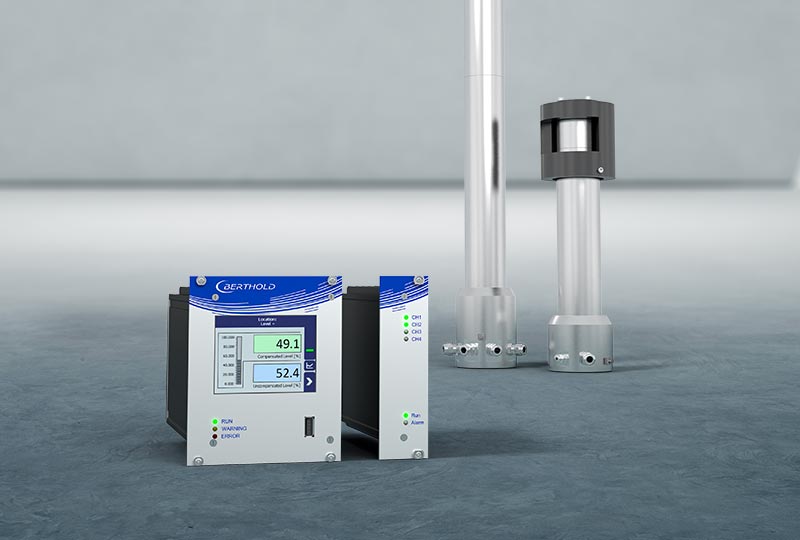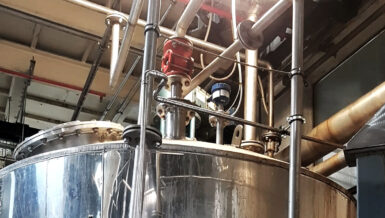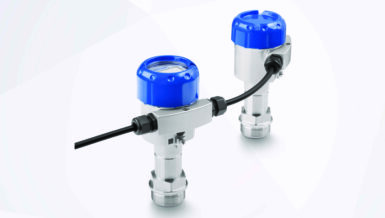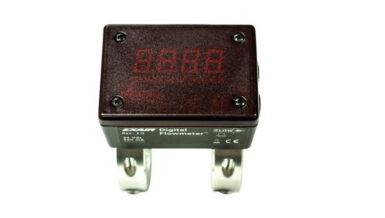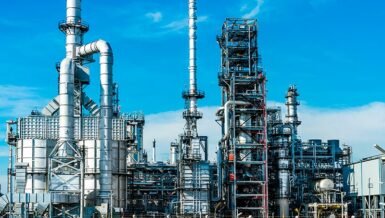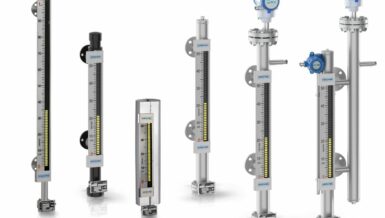Although it comes in many sizes, its primary and peripheral functions are as follows: providing ample surface area for the efficient separation of water and steam; providing storage capacity to meet immediate boiler feed water requirements; and facilitating the introduction of chemicals for treatment purposes, as well as the removal (blowdown) of impurities. Measuring boiler/steam drum level is therefore crucial for the success of the steam generation cycle.
Magnetrol® has recently released a new, updated white paper on level instrumentation for the steam generation and condensate recovery cycle. This blog post, part of a series based on this white paper, explores one of the most essential components of the steam generation cycle and discusses how level instrumentation can increase the efficiency of this process.
Level Measurement Challenges and Considerations
A boiler presents an extremely dynamic environment with respect to level control regardless of the control strategy— single-, two-, or three-element. The common denominator in each of these strategies is the level measurement itself. Applying a technology that improves on this variable in the equation will most certainly aid in controlling the normal water level (NWL) in the boiler/steam drum, allowing it to better serve its primary function of separating water and steam for improved steam quality.
This becomes more important when fluctuations in demand can have dramatic effects on an instrument’s performance during “shrink” and “swell” conditions resulting from pressure changes in the boiler/steam drum. In larger-scale steam production, such as that required for commercial power generation, (water tube boilers), disruptions in boiler/steam drum level control can have adverse affects on the natural circulation of the process and a plant’s ability to respond to market demand.
Although corrections can be applied to mitigate the effects, the variables that need to be accounted for in those corrections typically increase the level control’s installation, hardware and calibration complexity, which has the unintended consequence of introducing new avenues for error. Eliminating potential sources of error (including human error) as related to an instrument’s fundamental technology is the first step in optimizing boiler/steam drum level control.
Level technologies historically used on boilers rely on inference or buoyancy to determine the level. This in itself leaves them vulnerable to process dynamics (specific gravity, pressure, temperature, etc.) and can limit their ability to precisely manage the level for improved fuel economy.
Level Instrumentation for Steam Drums and Boilers
A quick peek at various technologies reveals their individual shortfalls as related to boiler/steam drum level control:
- Differential Pressure – a complex system of tubing, condensate pot and transmitter(s) based on inference requiring up to 12 process parameters to properly calibrate. External inputs and corrections are applied to ensure accuracy.
- Buoyancy (displacer) – accuracy from startup to operational temperatures is not achievable due to displacer being designed for the specific gravity at operational conditions. Calibration and mechanical wear on moving parts may introduce errors over time.
- Buoyancy (mechanical switch for on/off control) – a low-cost solution for smaller boilers; however, introduction of larger volumes of subcooled liquid could affect performance and increase fuel consumption as compared to a continuous type measurement.
- RF Capacitance – based on the dielectric constant of the process medium. The dielectric constant of water/condensate changes as a function of temperature, introducing unnecessary errors. Requires in-situ calibration.
- Conductivity – high upfront and probe maintenance costs as compared to other technologies. Not a continuous measurement. Resolution is contingent on the proximity of adjacent conductivity probes across the measurement span. Thread galling problematic during repair.
Benefits of Guided Wave Radar
Guided wave radar (GWR), on the other hand, is a continuous measurement technology that has the distinct advantage of not being vulnerable to changes in process conditions that affect the aforementioned measurement techniques. Since its performance and accuracy are not contingent on the specific gravity and/or inference, it excels in measuring the actual liquid level in all conditions encountered in the boiler/steam drum. Furthermore, GWR does not require external inputs or calibration to achieve specified performance—accuracy is inherent to the technology. This effectively eliminates the introduction of errors during the calibration process or from external sources, i.e., pressure and temperature.
A reduction in the number of variables affecting GWR measurement provides a high degree of data certainty, allowing operators to better maintain the normal water level (NWL) in the boiler/steam drum for optimal water/steam separation and steam quality throughout a variety of process conditions. Other benefits of GWR include lower maintenance costs; a steam-specific process isolation seal for corrosive high temperature/high pressure applications; responsiveness to changes in demand; probes with condensation control technology and automatic steam compensation; and continuous versus discrete level indication. The result is improved steam quality and reduced energy waste.





